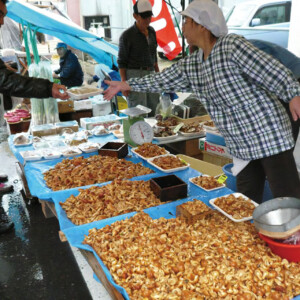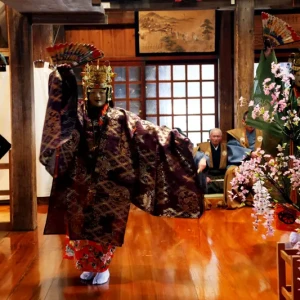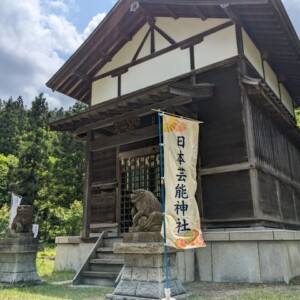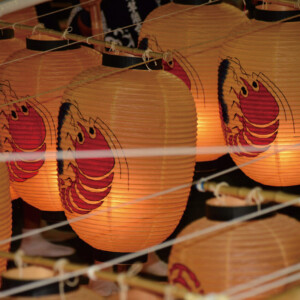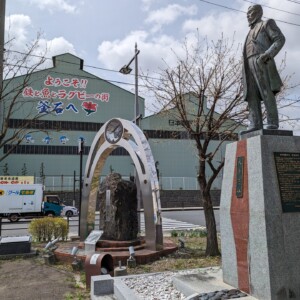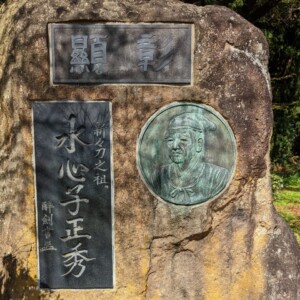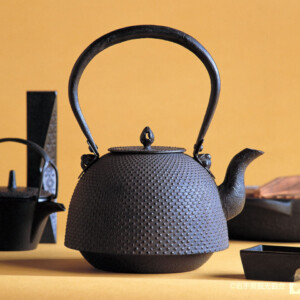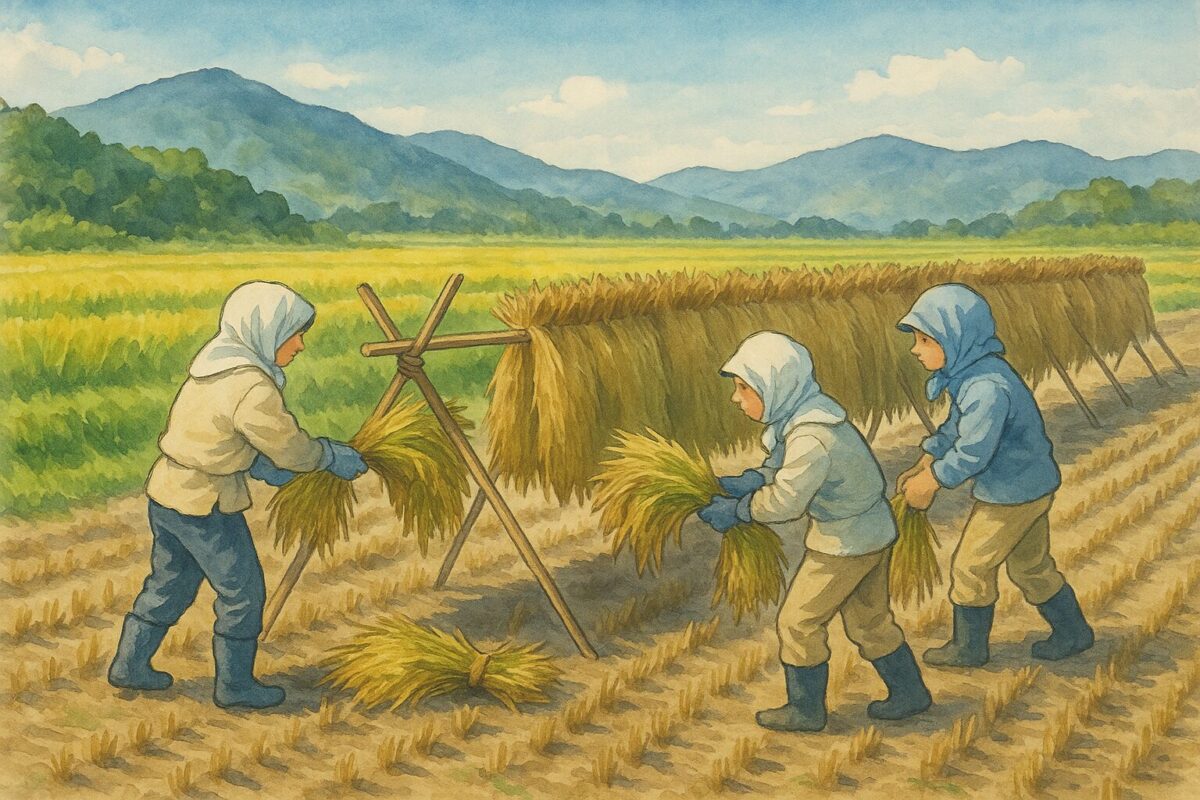
Why are rice drying methods different? Scenes after rice harvesting vary by region
table of contents
When driving through the rice fields of Tohoku in autumn, you may come across strange shapes lined up in the fields after the rice harvest. These include small, triangular pyramid-like mounds and rows of rice bundles lined up like a wall. In fact, this is an old-fashioned way of drying the harvested rice.
In the Tohoku region, there are drying methods known as " honyo" ( hanging on a stick on a rack ), and the form and name vary depending on the region. We will introduce why the drying methods are different and the scenes where these methods are now disappearing.
Rice harvesting scenes in Tohoku have their own unique characteristics depending on the region
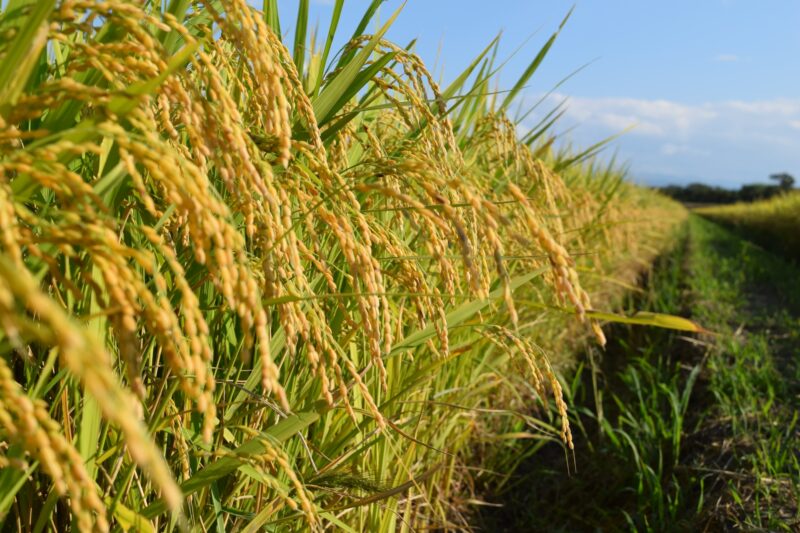
While driving down the road, have you ever noticed something strange placed in a rice field after the rice harvest? Actually, that is a device to dry the harvested rice.
In Tohoku, there are drying methods such as "stick drying" and "rice rack drying," and the shapes and names vary depending on the region. Wisdom adapted to the local climate and lifestyle has been passed down, and these have become a distinctive and colorful sight in the autumn rice fields.
What is a stick hanging (honyo)?
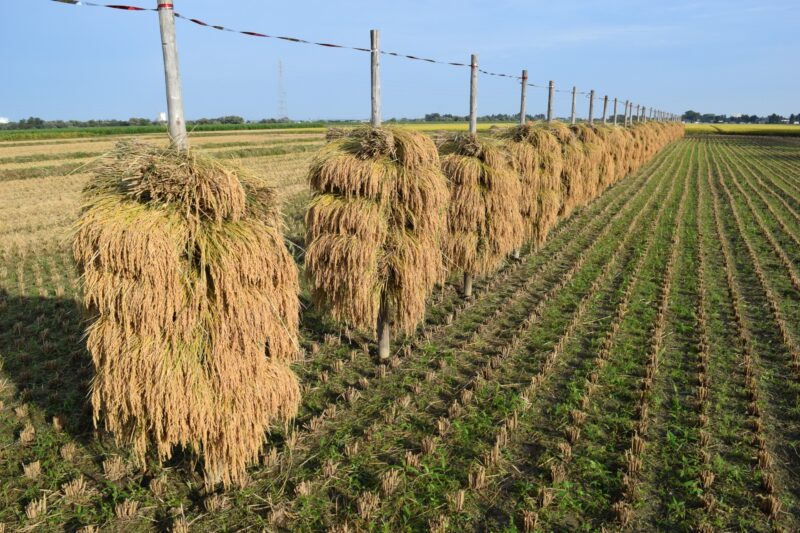
First, let me introduce you to honyo, a hanging stick that is commonly seen in Akita and Yamagata.
Stack on top
Bokake is a method of piling up bundles of rice around a single stake. The rice is piled high in alternating triangular pyramid shapes, which allows for efficient drying in a small space. When lined up in the rice field, they look like small towers, creating a unique atmosphere.
Commonly used in Akita and Yamagata
This drying method is mainly seen in Akita and Yamagata prefectures, and is called "honnyo" or "honyo" depending on the region. The sight of countless honyo lined up in rice fields after the rice harvest is beloved as a pristine autumn landscape unique to the region.
Efficient drying even in limited space
This drying method is suitable for areas with heavy snowfall, and allows rice to be dried efficiently even in limited land. The stacking structure makes it resistant to wind and snow, and has been passed down as a way to quickly finish drying before winter.
What is rice racking (hasakake)?
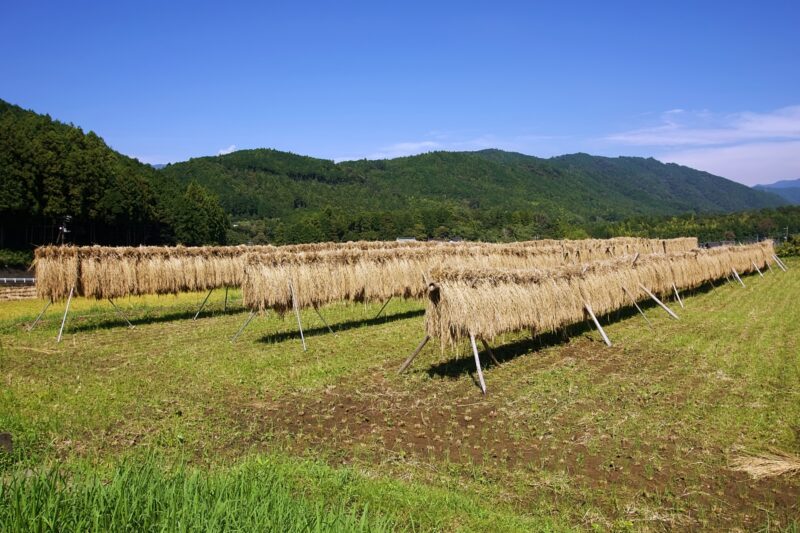
Next, we will introduce rice racking in detail.
Place them side by side
Rice drying is a method of drying rice by arranging long poles of wood or bamboo horizontally and hanging bundles of rice on the poles. The sight of the rice growing in layers is spectacular, with rows of rice like a wall forming across the entire rice field.
Commonly used in Aomori and Iwate
This method is commonly seen in Aomori and Iwate prefectures, and is also known as "rice racks (hasa)" or "hase." It is still preserved on local farms and is a typical autumn sight in the countryside.
Easy to get sunlight
Because it is easy to ensure good ventilation and sunlight, it can be dried thoroughly even in cold regions. Although it takes time and effort, it is said to produce fluffy, fragrant rice, and has become popular among farmers who value flavor.
Why are there differences in the way rice is dried? Explaining the reasons
Even within the Tohoku region, the way rice is dried varies from region to region, influenced by the climate and land conditions. In areas with heavy snowfall, the "honyo" method is suitable as it saves space and dries efficiently, and it became widespread as a way to quickly dry rice before winter.
On the other hand, in areas where ventilation and sunlight are ensured, "rice drying on racks" has become mainstream, and although it takes more time, it has been chosen by farmers who place importance on the taste and aroma of the rice. The difference in drying methods is not simply a matter of ingenuity in the work, but can be said to be a reflection of the local lifestyle and way of interacting with nature.
The disappearing scene of drying rice
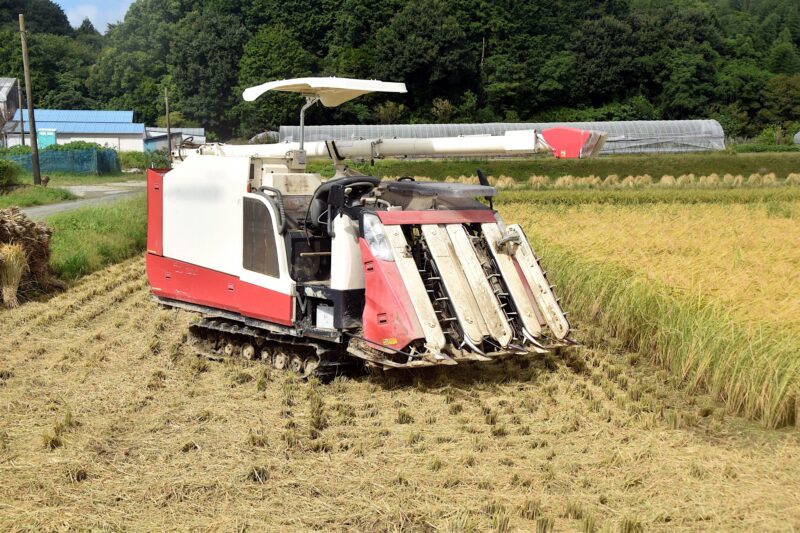
In the past, when autumn came, it was common to see rice drying poles and rice racks lined up in every rice field. However, with the spread of combine harvesters and dryers, hanging is rapidly disappearing. Because machines can process large amounts of rice in a short amount of time, people tend to shy away from the time-consuming and laborious old-fashioned method.
However, some farmers continue the tradition to preserve the taste and aroma of sun-dried rice. Rice that has been dried slowly by the sun and wind is said to have good grain structure and a deep flavor. Hanging rice to dry is now a rare sight, but it is being cherished and passed down as a pristine landscape that symbolizes the rural culture of Tohoku.
summary
The sight of rice poles and racks of rice that spread across the rice fields of Tohoku is a testament to the rice-growing culture that is supported by the local wisdom and climate. Although they are disappearing due to the wave of efficiency, the tradition still lives on thanks to people who are trying to preserve the flavor and culture.



